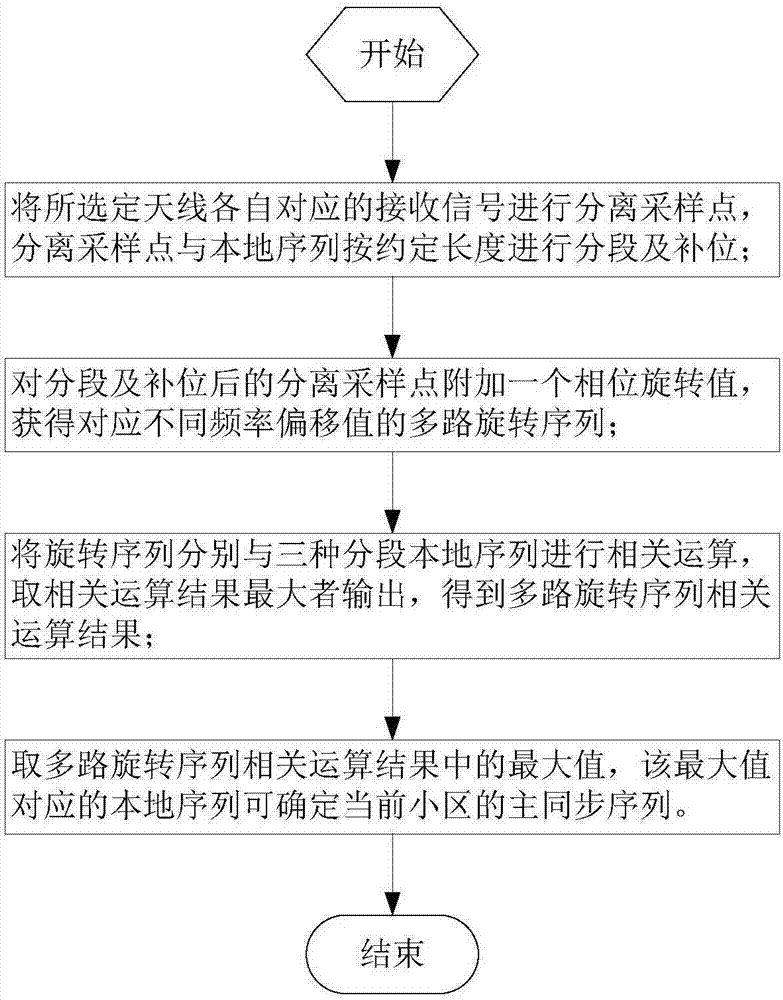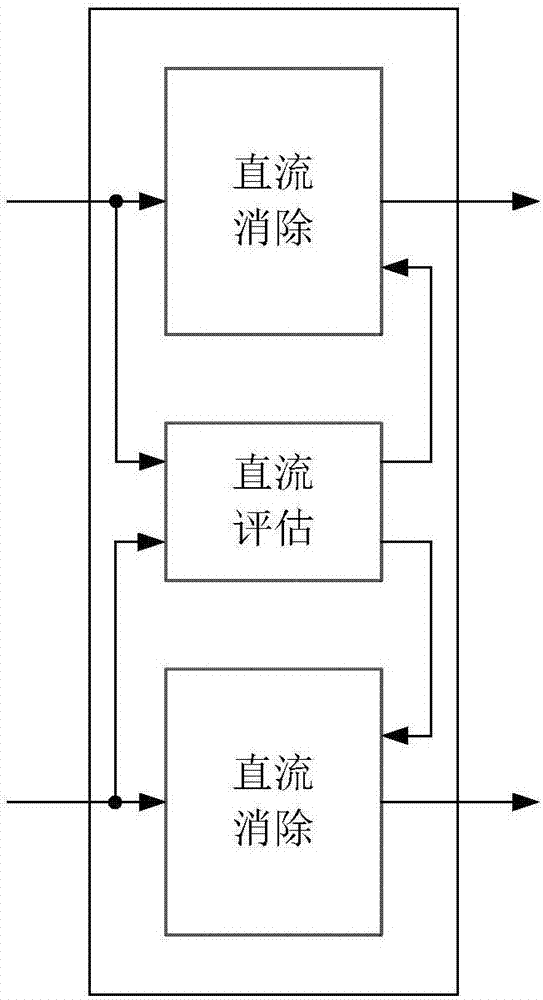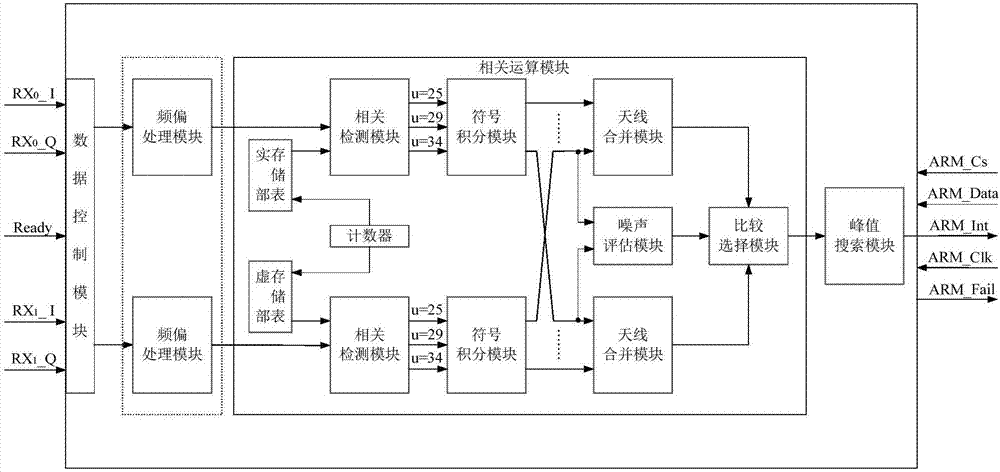Primary synchronization sequence detection method and apparatus for cell search
A primary synchronization sequence, cell search technology, applied in digital transmission systems, electrical components, modulated carrier systems, etc., to achieve the effect of low operating power consumption and reduced computational complexity
- Summary
- Abstract
- Description
- Claims
- Application Information
AI Technical Summary
Problems solved by technology
Method used
Image
Examples
Embodiment Construction
[0049] The present invention will be further described below in conjunction with the accompanying drawings and embodiments, which are preferred embodiments of the present invention.
[0050] Such as figure 1 As shown, an embodiment of the present invention proposes a primary synchronization sequence detection method for cell search, including:
[0051] Step S101, separate the received signals corresponding to the selected antennas into sampling points, segment and fill the separated sampling points and local sequences according to the agreed length;
[0052] According to the 3GPP standard, LTE has 6 system bands, including 1.4MHz, 3MHz, 5MHz, 10MHz, 15MHz, and 20MHz. According to the corresponding relationship between the time domain and the frequency domain, the corresponding time domain sampling rates of 1.92MHz, 3.84MHz, 7.68MHz, 15.36Hz, 23.04MHz, and 30.72MHz are required to meet the minimum subcarrier spacing of 15K.
[0053] Generally, when the transceiver is implemen...
PUM
 Login to View More
Login to View More Abstract
Description
Claims
Application Information
 Login to View More
Login to View More - R&D
- Intellectual Property
- Life Sciences
- Materials
- Tech Scout
- Unparalleled Data Quality
- Higher Quality Content
- 60% Fewer Hallucinations
Browse by: Latest US Patents, China's latest patents, Technical Efficacy Thesaurus, Application Domain, Technology Topic, Popular Technical Reports.
© 2025 PatSnap. All rights reserved.Legal|Privacy policy|Modern Slavery Act Transparency Statement|Sitemap|About US| Contact US: help@patsnap.com



